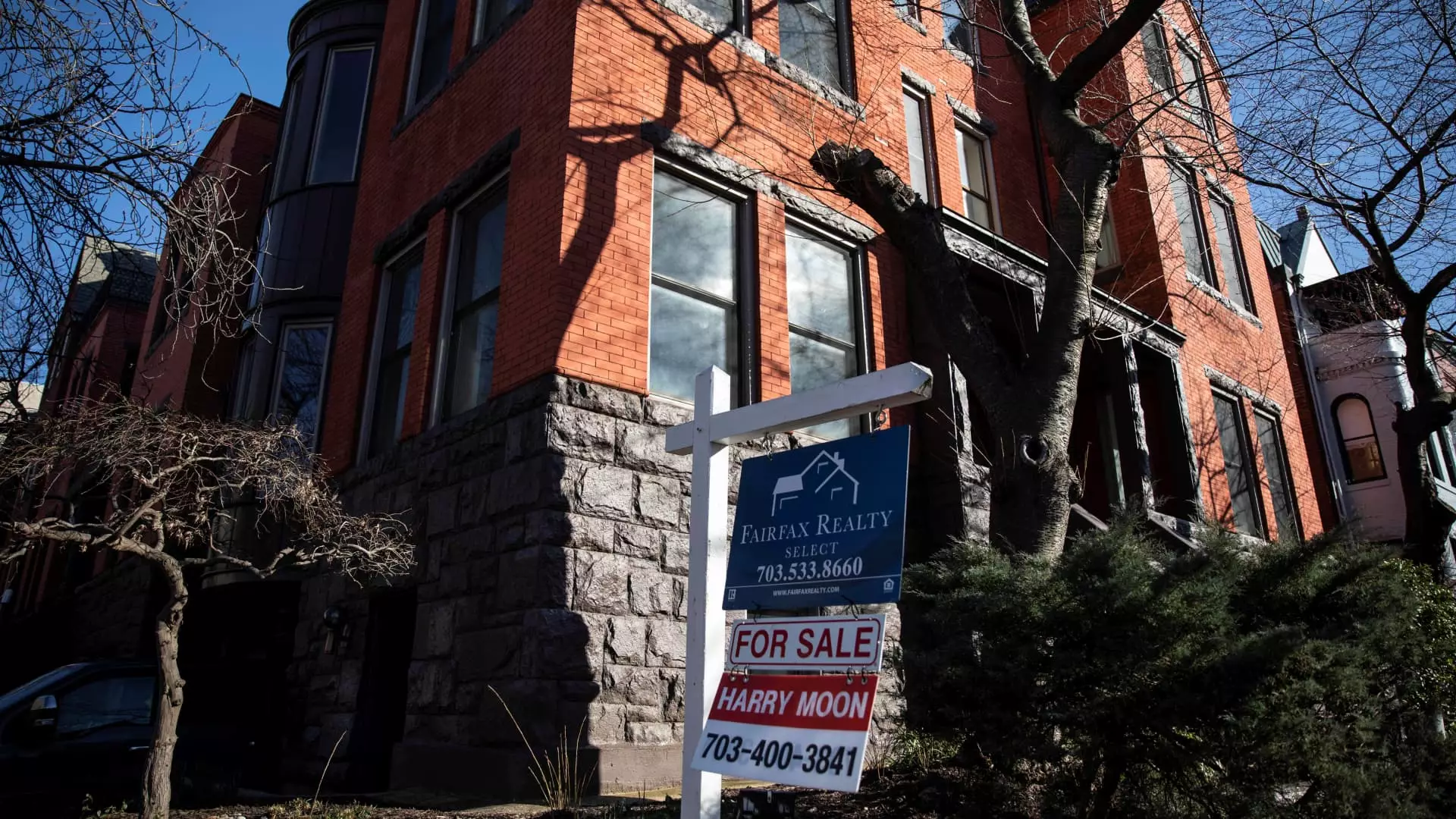In a surprising turn of events, the Washington, D.C. metropolitan area is experiencing an explosive increase in housing inventory as it gears up for the traditionally bustling spring market. According to recent data from Realtor.com, active listings surged a staggering 56% compared to a year earlier. While rising inventory is common ahead of spring—typically signaling a buyers’ market—the D.C. area’s figures are exceptionally high and raise pertinent questions about the economic climate in the capital region. Is this monumental shift igniting optimism, or does it signal deeper issues in our economy?
Dynamics of the D.C. Real Estate Market
What sets the D.C. area apart from other metropolitan regions is the particularly pronounced correlation between government employment and housing demand. Recent federal layoffs and funding cuts are likely adding layers of complexity to this scenario. As Danielle Hale, Chief Economist at Realtor.com, pointed out, these factors have put several home searches on pause for a significant number of prospective buyers.
While nationwide, active listings increased by a more modest 28%, the D.C. area’s status as a hub for federal employment raises alarms. Instead of merely an over-supply of homes coming to market, we must consider a juxtaposition of stagnant buyer activity. The marketplace is grappling with fears about job security amid the shifting political landscape, which inevitably narrows the pool of serious buyers.
New Listings vs. Slowing Demand
Interestingly, new listings have also risen—up 24% year-over-year—but this increase pales in comparison to the overall inventory. What this suggests is a dramatic slowdown in buyer enthusiasm rather than a simple surplus of homes. The downward trend in buyer activity is disquieting; it illustrates that while listings are available, prospective buyers are hesitant to make a move.
This phenomenon indicates broader consumer sentiment that is cautious at best and fearful at worst. The D.C. marketplace has reached a precipice where buyers are reluctant to invest in homes amid looming uncertainties, leading to an imbalance that has consequences beyond the real estate sector.
New Construction Influence
An additional factor complicating the D.C. housing market is the impact of newly constructed condominiums and townhomes entering the market. It’s notable that the distribution of new construction has shifted significantly toward condos compared to five years ago—an important observation in understanding the evolving housing landscape.
Should we view this influx of new construction positively? On one hand, greater supply can ameliorate housing shortages; on the other, the insistence on building luxury condos rather than more affordable housing units exacerbates accessibility issues, especially for low- and middle-income residents. The substantial demand for affordable housing is palpable, yet the market trends indicate a deviation toward high-end developments.
Price Trends: A Double-Edged Sword
Despite the dramatic increase in inventory, median list prices in the D.C. area are down only slightly—by 1.6% year over year. This scenario might seem attractive to potential homebuyers; however, the seemingly imperceptible decline in prices, juxtaposed against the increased supply, might leave many scratching their heads. Are we witnessing resilience in property values or a systematic failure to account for underlying socio-economic conditions?
The situation is exacerbated when we consider that the average price per square foot has seen a slight uptick of 1.2%. This rise signifies a troubling trend: the market is filled with smaller, lower-end homes, which could invite a wave of economic challenges. If buyers are pushed into smaller homes due to rising prices, we may see a stunted market unable to accommodate diverse demographics, further contributing to polarization.
Ultimately, the D.C. housing market is navigating uncharted territory—possessing the potential for both crisis and opportunity. The stark contrast between soaring inventory and subdued buyer activity hints at a larger, more intricate web of economic factors. The extent of this volatility remains uncertain; what seems undeniable is that it reflects deeper societal anxieties about job security, economic health, and the future of homeownership in America.

